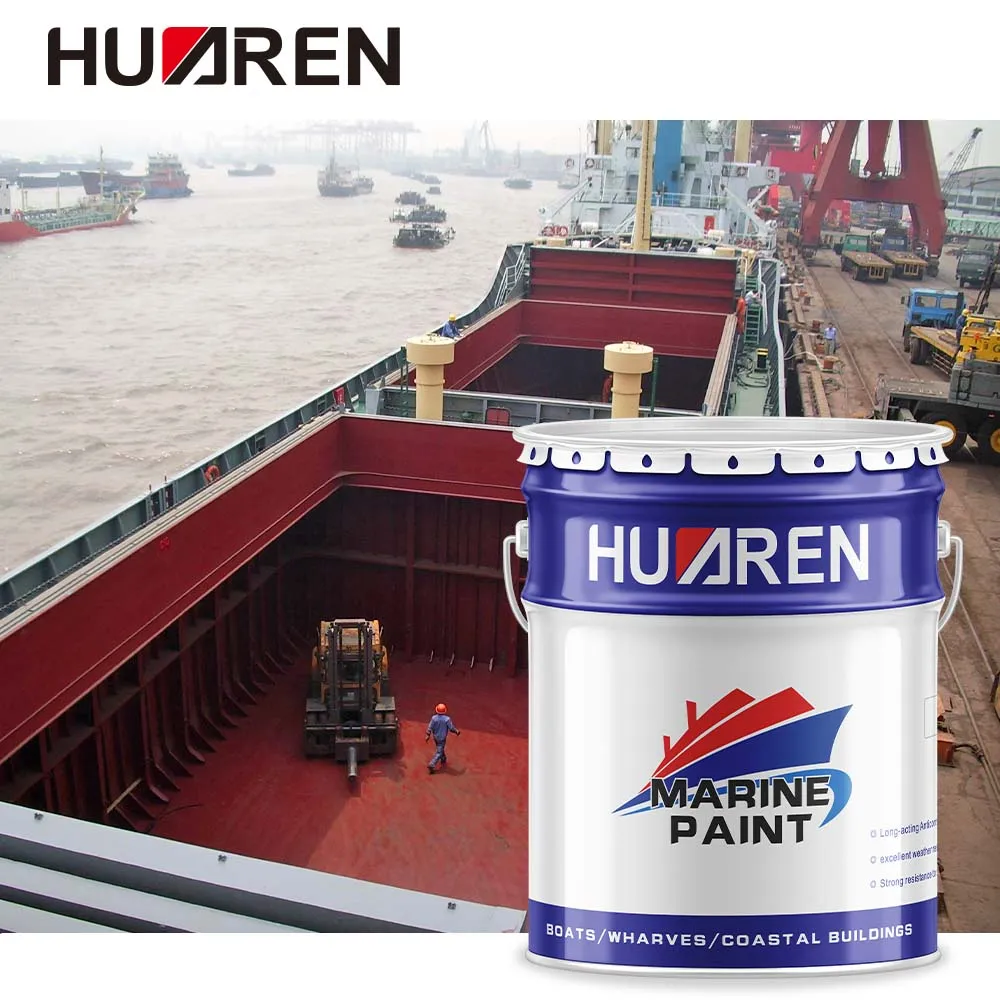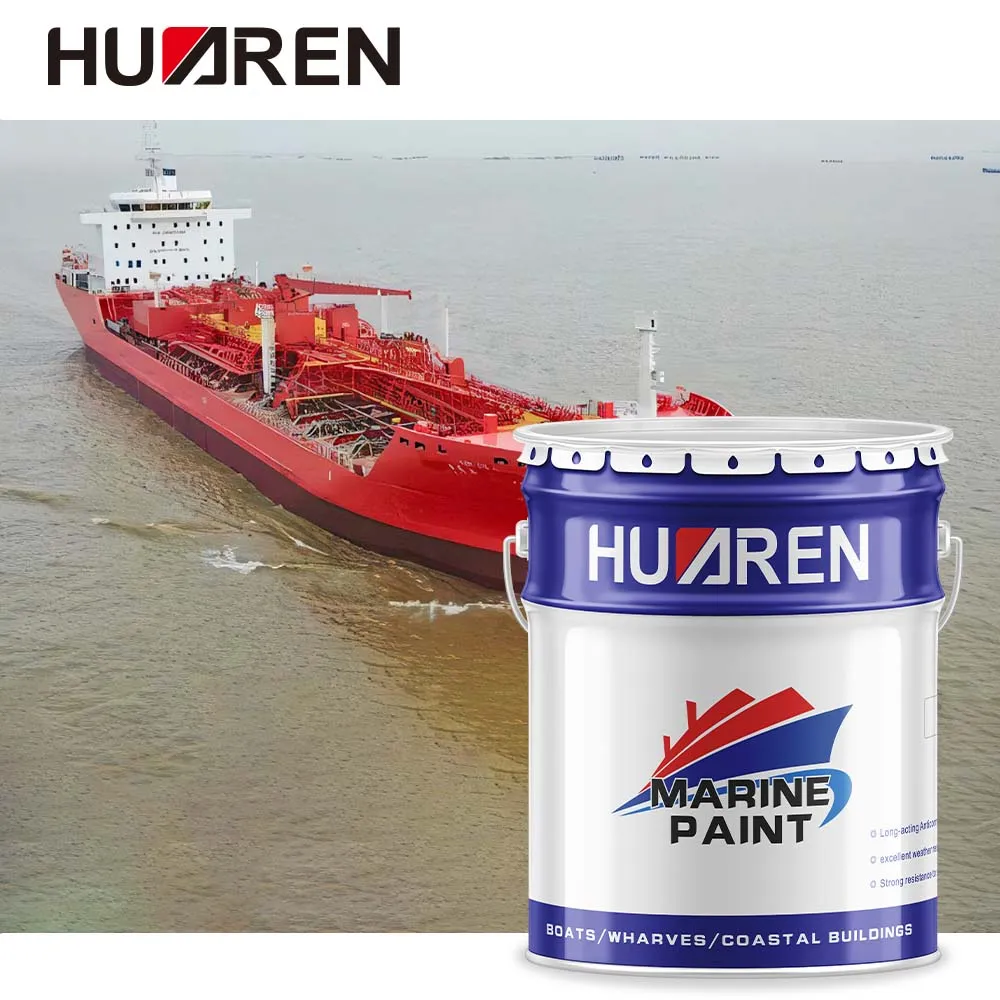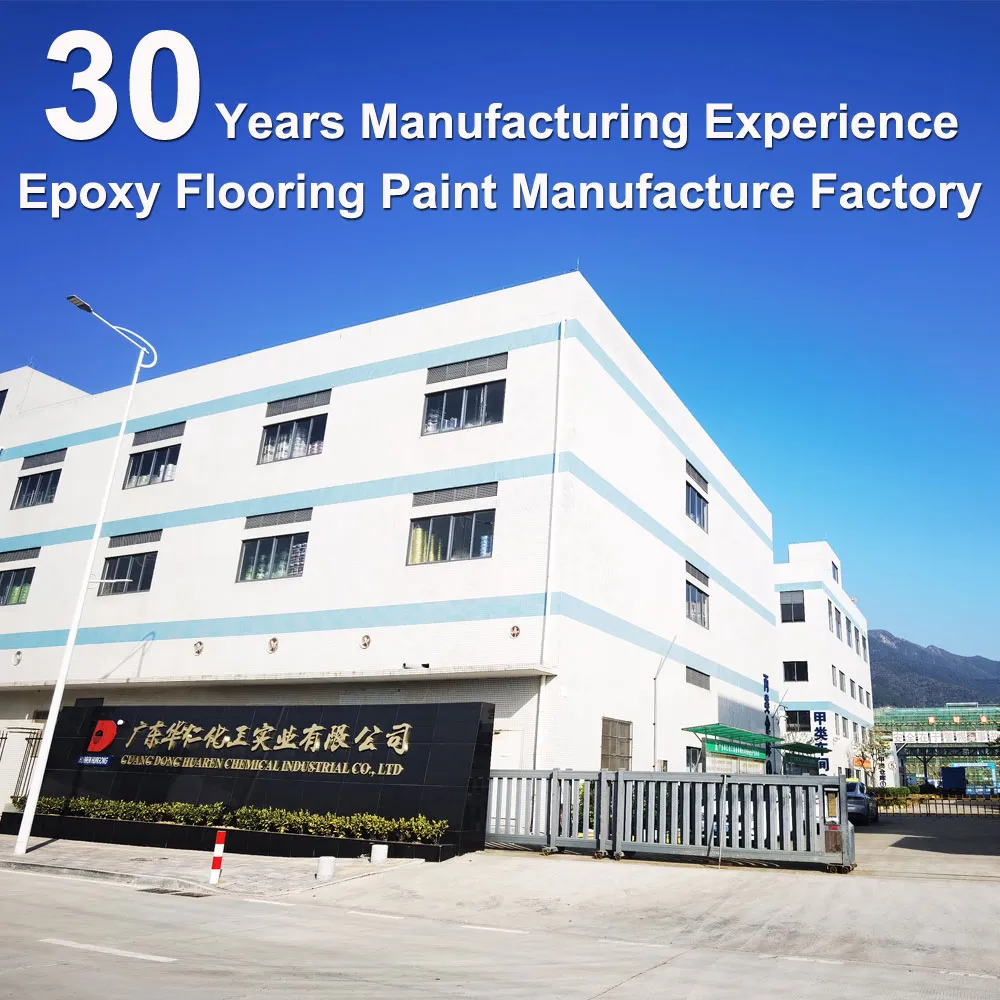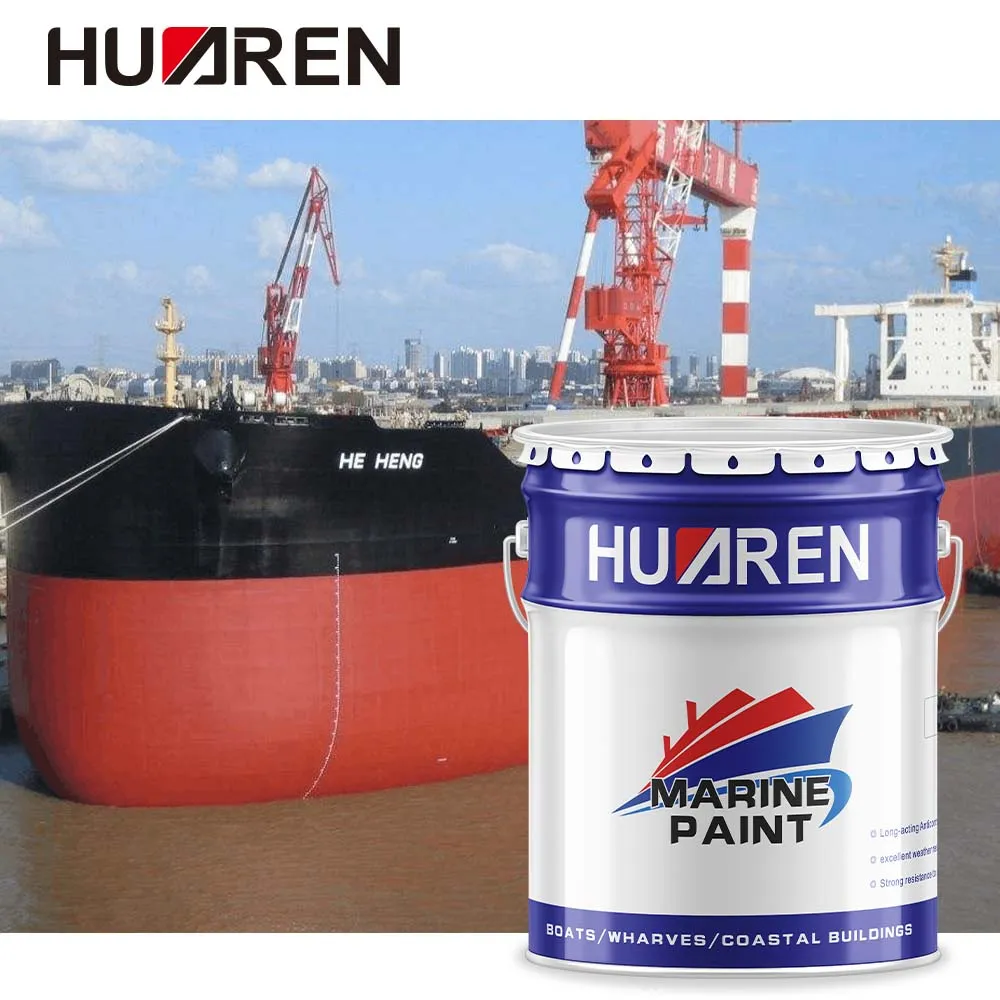The choice of boat bottom coating is a crucial step in boat maintenance. Whether it is a yacht, cargo ship, fishing boat or other type of boat, the coating of the boat bottom directly affects its sailing performance, fuel efficiency and the life of the hull. For aluminum boats, the choice of boat bottom paint is particularly critical, because aluminum is a special material and easily reacts chemically with elements in seawater, leading to corrosion problems. Therefore, this article will delve into the concept of boat bottom paint and how to choose the right paint for aluminum boats.

What is boat bottom paint?
Boat bottom paint is a special coating used for the underwater part of the hull, designed to protect the hull from erosion and biological adhesion in the marine environment. Boat bottom paint must not only resist corrosion, but also prevent marine organisms (such as shellfish, algae, etc.) from growing on the bottom of the boat. The adhesion of these organisms will increase the resistance of the hull and lead to increased fuel consumption. Boat bottom paint usually has the functions of anti-fouling, anti-corrosion and anti-biological adhesion.
Boat bottom paint comes in a wide variety of types and is suitable for hulls of different materials. There are different products available on the market for wooden, steel, fiberglass and aluminum hulls, and each product has different formulations and application methods. Understanding the basic functions and characteristics of boat bottom paint is essential for boat owners to choose the appropriate coating.
What is the main function of boat bottom paint?
The main functions of boat bottom paint can be summarized as follows:
1. Antifouling function: When a ship is sailing in seawater, the bottom of the ship is easy to become an ideal place for various marine organisms to attach, such as barnacles, seaweed and other mollusks. Over time, these organisms will form a biofilm on the bottom of the ship, increasing the water resistance of the ship, reducing speed and causing increased fuel consumption. The antifouling ingredients of boat bottom paint will inhibit the growth of these organisms and keep the bottom of the ship smooth and flat.
2. Anticorrosion function: Seawater is highly corrosive, especially to metal materials such as steel and aluminum. Unprotected metal hulls will be corroded by salt, causing rust and perforation. The anticorrosive ingredients in boat bottom paint can provide protection for the hull and prevent the electrolytes in seawater from corroding the metal.
3. Impact resistance and wear resistance: Boat bottom paint should not only be anti-fouling and anti-corrosion, but also have a certain degree of wear resistance. During the voyage of a ship, the hull will be impacted by floating objects, gravel and other impurities in the seawater, which requires the paint to have sufficient strength and durability to resist these physical damages.

Uniqueness of aluminum boats
Aluminum hulls have been widely used in yachts, fishing boats and workboats in recent years due to their advantages of light weight, high strength and corrosion resistance. However, aluminum is an active metal that easily reacts with chloride ions in seawater, causing electrochemical corrosion problems, especially when in contact with other metals.
The potential of aluminum hulls is lower than that of many other metals, so it is easy to become an anode in electrochemical reactions, undergo electrolytic reactions and be corroded. To avoid this, anti-corrosion protection of aluminum boats is particularly important, and the choice of paint is more complicated than other materials. Aluminum itself has a certain degree of corrosion resistance, but in extreme environments such as seawater, an additional protective layer is essential.
Why can't ordinary boat bottom paint be used?
Many boat owners may think that all boat bottom paints are suitable for any type of hull, which is a misunderstanding. Boat bottom paint formulas vary significantly for boats made of different materials. For aluminum boats, choosing the wrong boat bottom paint can have disastrous consequences.
Some common boat bottom paints contain copper or other metal components that react electrochemically with aluminum, accelerating the corrosion of aluminum. If boat bottom paints containing copper are used, the corrosion rate of the aluminum hull will be greatly accelerated, and may even cause damage to the hull. Therefore, boat bottom paints containing copper should never be used on aluminum boats.
What kind of boat bottom paint should be used for aluminum boats?
The selection of boat bottom paint for aluminum boats should focus on the following points:
1. Copper-free antifouling paint: The most important point when choosing antifouling boat bottom paint for aluminum boats is to make sure that the paint does not contain copper. There are copper-free antifouling paints designed specifically for aluminum boats on the market. Usually, these paints use other metal oxides or synthetic materials instead of copper to prevent the attachment of marine organisms.
2. Two-component epoxy primer: Before antifouling boat bottom paint, a primer is usually applied. For aluminum boats, two-component epoxy primer is the first choice. This primer has excellent adhesion and provides an effective barrier to aluminum, preventing corrosion. Two-component epoxy primers form a very hard coating after curing, providing long-term protection for aluminum boats.
3. Corrosion-resistant coatings: In addition to antifouling and primers, boat owners can also consider applying additional corrosion-resistant coatings for added protection. For example, some coatings use zinc-based ingredients, which can effectively prevent aluminum from corroding in electrochemical reactions without negatively affecting the environment.
4. Self-polishing coatings: Self-polishing boat bottom paint is a common choice. This type of paint gradually wears away as the boat sails, revealing new active antifouling ingredients that prevent the attachment of marine organisms. Self-polishing paint is also a good choice for aluminum boats, but make sure to choose a formula designed specifically for aluminum.

What are the steps to apply boat bottom paint?
1. Surface preparation: Before applying boat bottom paint, it is very important to prepare the surface of the aluminum hull. First, remove all old coatings, grease, dirt and oxide layers to ensure that the new paint can adhere firmly. The oxide layer can be removed by sandblasting or chemical cleaning, and the surface should be kept clean.
2. Primer application: After preparing the surface, the primer needs to be applied first. The role of the primer is to provide initial anti-corrosion protection for the aluminum hull and provide good adhesion for the subsequent antifouling paint. It is recommended to apply at least two coats of primer, and each layer should be completely dry before the next layer is applied.
3. Antifouling paint application: After the primer is completely dry, the antifouling paint can be applied. When applying antifouling paint, it is necessary to follow the manufacturer's recommendations to ensure that the thickness of the application is even. Generally speaking, at least two to three coats of antifouling paint should be applied to ensure effective protection.
4. Drying and curing: Each layer of paint needs sufficient time to dry, especially in wet or cold environments. Drying and curing time depends on the type of paint and environmental conditions, usually more than 24 hours. Make sure that each layer is completely dry before proceeding to the next step.
Maintenance and inspection After applying the boat bottom paint, regular maintenance and inspection are key to extending the life of the coating. At the end of each sailing season, it is recommended to tow the hull ashore and check the integrity of the boat bottom paint coating. If any peeling, cracks or damage is found, it should be repaired in time.
In addition, although aluminum boats have strong corrosion resistance, sacrificial anodes still need to be replaced regularly. Sacrificial anodes are inexpensive metals (usually zinc or magnesium) that protect the hull by attracting corrosive substances in electrochemical reactions. Regular inspection and replacement of anodes can greatly extend the life of aluminum hulls.

As a leading manufacturer in China, Huaren Chemical Industry Co., Ltd. is dedicated to providing high-quality, affordable industrial paints, resins, and coatings. We offer a broad selection of products, including boat bottom paints, epoxy coatings, acrylic resins, and more. These products serve industries ranging from construction to petrochemicals, shipbuilding, and mechanical equipment. With over 20,000 tons of annual production capacity, Huaren is equipped to handle large-scale wholesale orders, providing discounts and promotions to help you save. Looking for customized solutions? Our team can provide tailored products to suit your specific needs!

